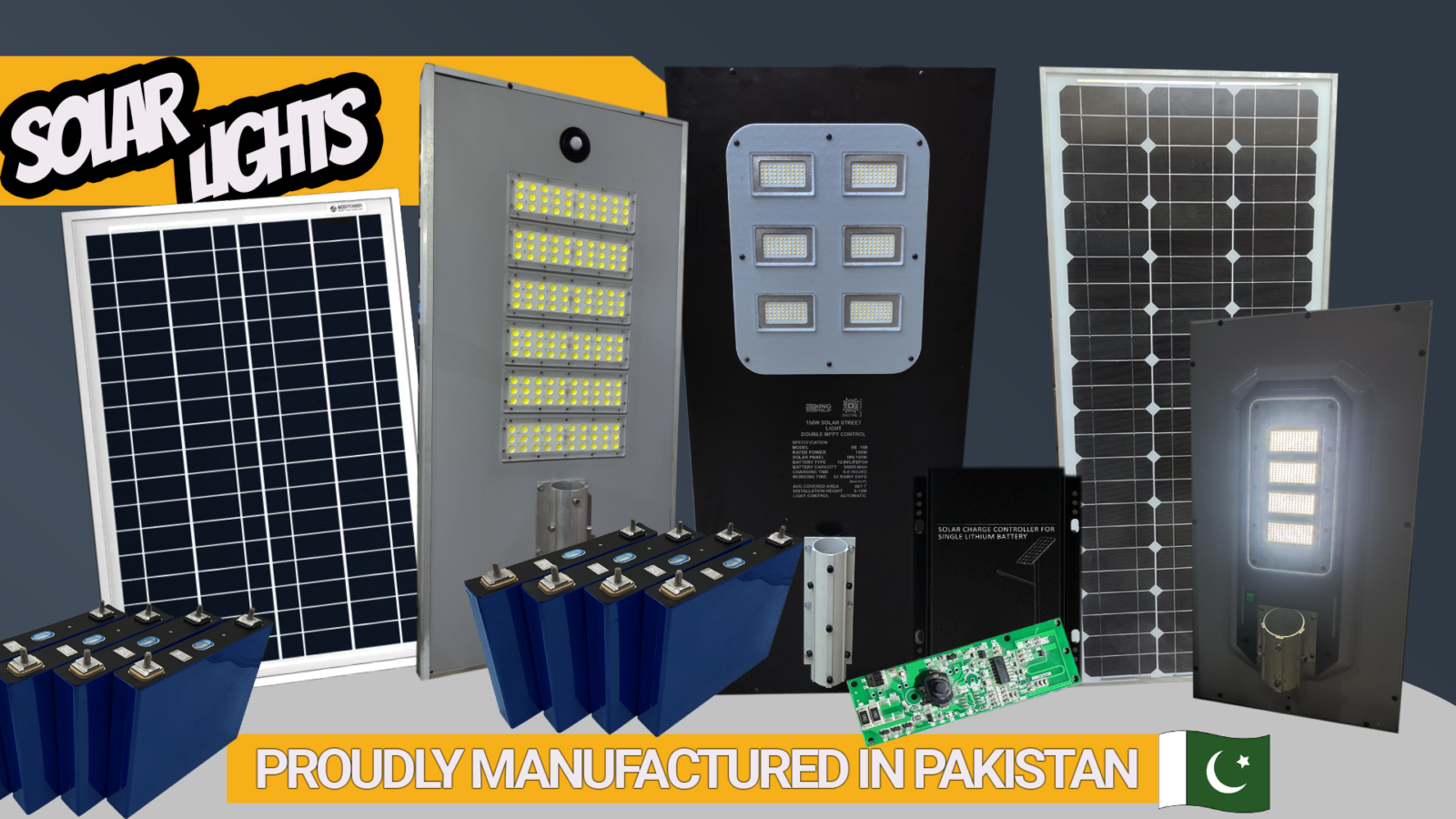Illuminating Our Streets: The Design and Construction of a 3.7V Solar Street Light
As the world seeks sustainable alternatives to traditional energy sources, solar power has emerged as a frontrunner in the field of renewable energy. With the need for efficient outdoor lighting solutions, solar street lights have gained prominence for their eco-friendly operation and cost-effectiveness. In this article, we will explore the design and construction process of a 3.7V solar street light, highlighting the key components, considerations, and benefits associated with this innovative lighting solution.
Solar Street Light Components:
To make a 3.7V solar street light, several essential components need to be considered and integrated:
Solar Panel: The solar panel is the heart of the system, responsible for capturing sunlight and converting it into electricity. High-efficiency photovoltaic cells are used to maximize energy conversion. We will be using a 25w Solar Panel for our Solar light.
Battery: A high-capacity lithium-ion or lithium-polymer battery is used to store the energy generated by the solar panel during the day. This stored energy powers the street light during nighttime.
LED Lamp: Light Emitting Diode (LED) lamps are highly efficient and long-lasting, making them the ideal choice for solar street lights. They provide bright illumination while consuming minimal energy.
Mppt Controller: The controller regulates the flow of electricity between the solar panel, battery, and LED lamp. It ensures that the battery is charged efficiently and protects against overcharging or discharging.
Sensor: To optimize energy consumption, a sensor can be incorporated to automatically control the on/off switching of the street light based on ambient light levels or movement detection.
Design Considerations:
Several important considerations must be taken into account when designing a 3.7v solar light to ensure optimal performance and longevity.
Solar Panel Sizing: The size and capacity of the solar panel should be carefully calculated based on the desired energy output and geographical location. Factors such as solar radiation, tilt angle, and shading should be considered to maximize efficiency.
Battery Selection: The battery capacity must be chosen to meet the lighting requirements during extended periods of low or no sunlight. Additionally, the battery’s voltage must match the requirements of the LED lamp.
LED Lamp Efficiency: Selecting high-quality, energy-efficient LED lamps is crucial to achieve bright illumination while minimizing energy consumption. The color temperature and lumen output should also be considered to ensure proper lighting conditions.
System Protection: The controller should include features like overcharging protection, reverse current flow prevention, and short-circuit protection to safeguard the components and prolong their lifespan.
Weatherproof Enclosure: Solar street lights are exposed to various weather conditions. Therefore, the design should incorporate a robust and weatherproof enclosure to protect the components from moisture, dust, and extreme temperatures.
Mounting and Installation: The street light should be designed for easy installation, allowing for flexible mounting options such as pole-mounted, wall-mounted, or integrated designs, depending on the specific requirements of the location.
Benefits of 3.7V Solar Street Lights
3.7V solar street lights offer numerous advantages over conventional lighting systems:
- Energy Efficiency: Solar street lights utilize clean and renewable energy, significantly reducing dependence on traditional power sources. By harnessing sunlight, these lights operate without drawing power from the grid, resulting in lower energy costs and a reduced carbon footprint.
- Cost-Effectiveness: While the initial investment may be higher compared to conventional street lights, solar street lights offer long-term cost savings. With no electricity bills and minimal maintenance requirements, these lights prove to be financially viable in the long run and contribute to significant savings for municipalities and businesses.
- Environmental Sustainability: Solar streetlights contribute to a greener environment by reducing greenhouse gas emissions. They do not emit harmful pollutants or rely on non-renewable resources, promoting sustainable development and combating climate change.
- Reliability and Durability: Solar street lights are designed to withstand harsh outdoor conditions. With sturdy construction and weatherproof components, they can withstand extreme temperatures, heavy rains, and other environmental challenges, ensuring reliable operation and longevity.
- Autonomous Operation: Solar street lights operate independently, utilizing an automatic on/off system based on light levels or motion detection. This feature eliminates the need for manual control, saving time and effort for maintenance personnel.
- Versatility: Solar streetlights can be installed in remote areas where grid connectivity is limited or unreliable. They provide lighting solutions for streets, pathways, parking lots, parks, and other outdoor spaces, improving safety and visibility.
- Easy Installation and Maintenance: Solar street lights require minimal installation effort, as they do not require underground wiring or connection to the grid. Once installed, they have low maintenance requirements, with occasional cleaning of solar panels and inspection of components.
3.7V solar street lights are a reliable and eco-friendly option. Their ability to harness solar energy, coupled with their cost-effectiveness and low maintenance requirements, make them an attractive choice for illuminating our streets. By embracing this technology, we can reduce our dependence on traditional energy sources and contribute to a greener future. As advancements continue in solar panel and battery technologies, we can expect further improvements in the efficiency and performance of solar streetlights. With their numerous benefits and positive impact on the environment, 3.7V solar street lights are paving the way for a brighter and more sustainable future.
DIYProject to make your own Solar Light:
 Cart is empty
Cart is empty 







Leave A Comment